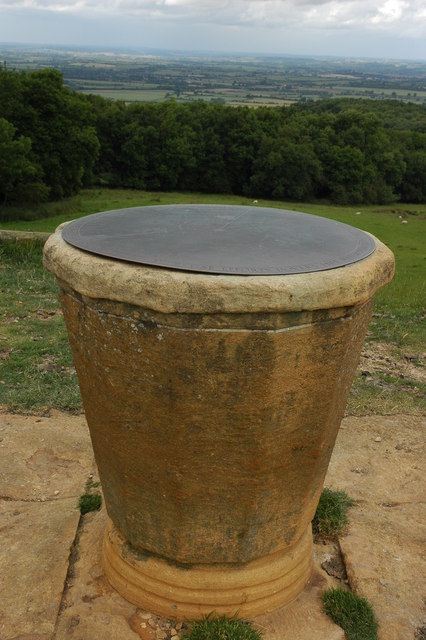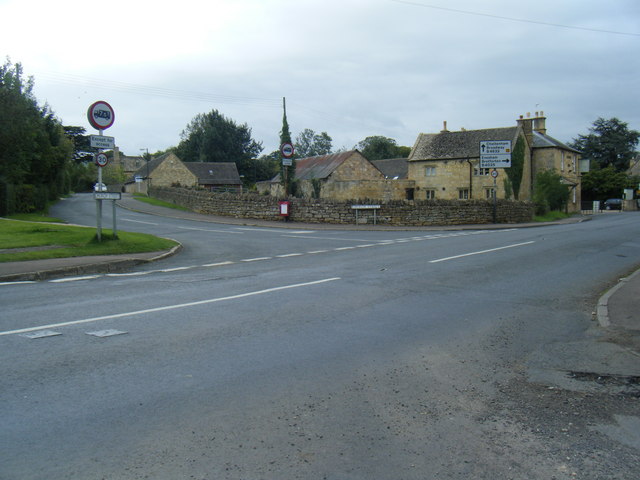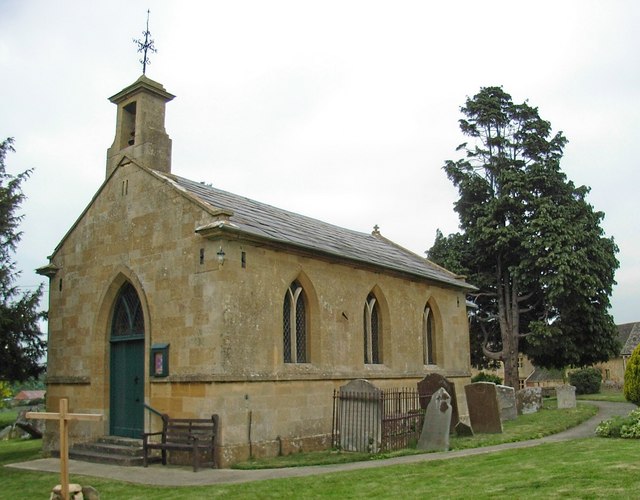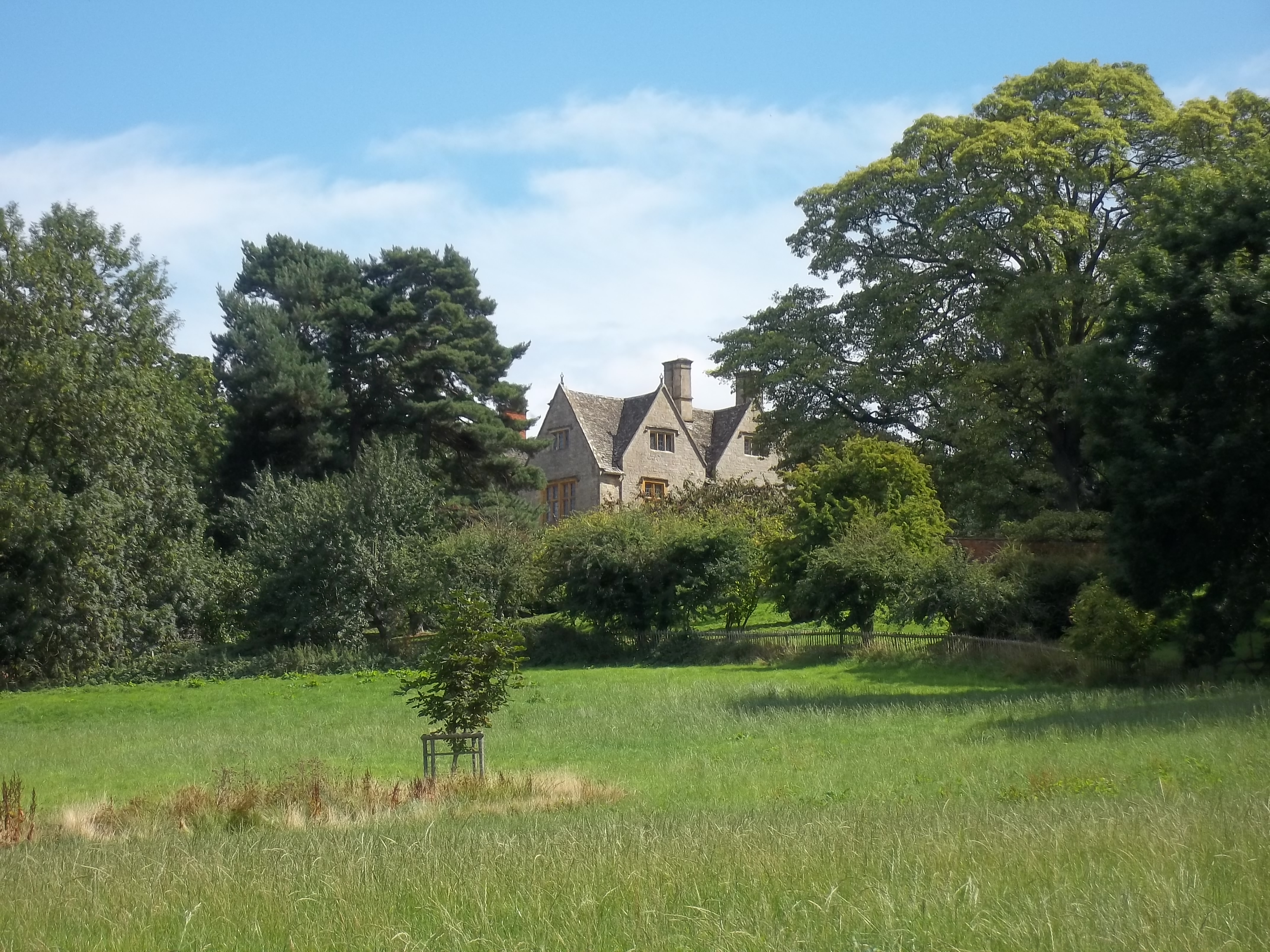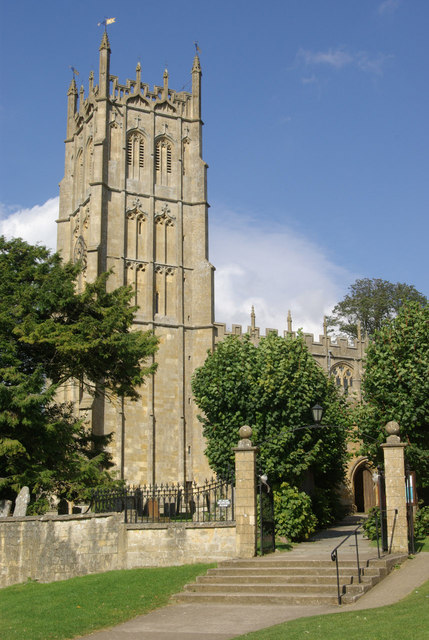Dovers Hill
Heritage Site in Gloucestershire Cotswold
England
Dovers Hill

Dovers Hill is a prominent heritage site located in the county of Gloucestershire, England. This iconic landmark is situated near the village of Chipping Campden and offers breathtaking views of the surrounding countryside.
The hill itself is a natural chalk escarpment, rising to an elevation of 206 meters (676 feet) above sea level. It holds significant historical and cultural importance, as it was the site of the very first Cotswold Olimpick Games in 1612, an event that continues to be celebrated to this day. The games were a series of traditional sporting activities, including shin-kicking, tug-of-war, and jumping contests, which attracted participants from all over the region.
Dovers Hill is also renowned for its natural beauty and wildlife. The steep slopes are covered in lush grasslands, adorned with vibrant wildflowers during the summer months. The area is a haven for various species of birds, butterflies, and insects, making it a popular spot for nature enthusiasts and birdwatchers.
Visitors to Dovers Hill can enjoy an array of recreational activities, such as scenic walks, picnics, and kite flying. The hill is intersected by a network of footpaths and trails, offering panoramic views of the Cotswold countryside. It is particularly stunning during sunrise and sunset, when the golden light bathes the landscape in a warm glow.
Overall, Dovers Hill in Gloucestershire is an idyllic heritage site that seamlessly combines history, natural beauty, and recreational opportunities. Its rich cultural significance and stunning vistas make it a must-visit destination for locals and tourists alike.
If you have any feedback on the listing, please let us know in the comments section below.
Dovers Hill Images
Images are sourced within 2km of 52.06/-1.802 or Grid Reference SP1340. Thanks to Geograph Open Source API. All images are credited.





Dovers Hill is located at Grid Ref: SP1340 (Lat: 52.06, Lng: -1.802)
Administrative County: Gloucestershire
District: Cotswold
Police Authority: Gloucestershire
What 3 Words
///someone.screeches.claim. Near Chipping Campden, Gloucestershire
Nearby Locations
Related Wikis
Dover's Hill
Dover's Hill is a 754 feet (230 metres) hill in the Cotswolds area of central England. The hill is 1 mile (1.6 km) north-west of Chipping Campden in Gloucestershire...
Weston-sub-Edge
Weston-sub-Edge (also known as Weston Subedge) is a village in Gloucestershire, England. == History == This Cotswold village, recorded in the Domesday...
Aston-sub-Edge
Aston Subedge (also written Aston-sub-Edge) is a village and civil parish in the Cotswold district of Gloucestershire, England, close by the border with...
Burnt Norton (house)
Burnt Norton is a manor house in Aston-sub-Edge, near Chipping Campden, Gloucestershire, best known for being the inspiration for T. S. Eliot's poem of...
Chipping Campden Town Hall
Chipping Campden Town Hall is a municipal building in the High Street, Chipping Campden, Gloucestershire, England. The building, which is the meeting place...
Guild and School of Handicraft
The Guild and School of Handicraft was established in 1888 in London, later moving to Chipping Campden in Gloucestershire, England, as a community of artists...
Chipping Campden
Chipping Campden is a market town in the Cotswold district of Gloucestershire, England. It is notable for its terraced High Street, dating from the 14th...
North Cotswold Community Radio
North Cotswold Community Radio is a non-profit community internet radio station serving primarily the North Cotswolds and the surrounding area in west...
Nearby Amenities
Located within 500m of 52.06,-1.802Have you been to Dovers Hill?
Leave your review of Dovers Hill below (or comments, questions and feedback).












